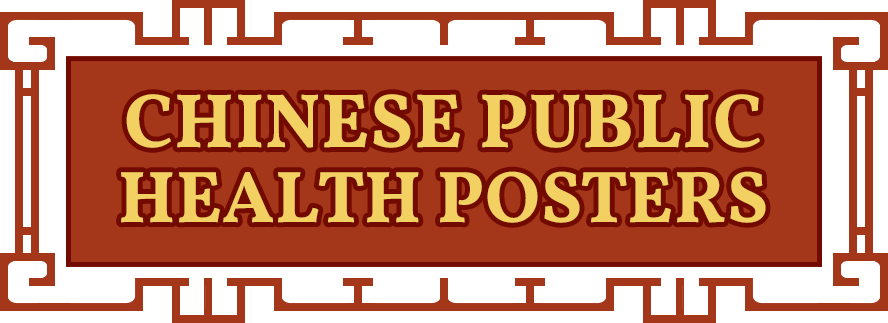China's Hygiene Education for Children during 1950s
Grade Levels
Middle School (6-8)
Academic Topics
- Global Humanities
- World Languages
Time Needed:
Three 45-minute class periods
Overview
China’s Hygiene Education for Children during 1950s lesson plan uses two online Chinese public health posters from 1950s as primary sources. Students view the healthy daily activities depicted on the posters and acquire new vocabulary and grammar in Chinese. In Class 1, students first use the images on the poster to compare the daily activities among Chinese youth in the 1950s and their own. They learn seven action words/verbs that relate to the poster illustrations. In Class 2, students learn and practice time phrases and sentence structures in Chinese, as well as review vocabulary. In Class 3, students learn and practice the structure of phrase with two time references, location words, and the complete sentence structure that contain both time and location phrases.
Classes
Learning Outcomes
After completing the China’s Hygiene Education for Children during 1950s module, students are expected to:
- exchange, interpret and present information about hygiene activities on the posters
- identify the Chinese characters of the activities, time phrases and location word on the poster
- describe the person, time and location of an action taking place in Chinese
- compare the sentence structure of time, location and action between English and Chinese
National Education Standards
- Standard 1.2: Students understand and interpret written and spoken language on a variety of topics
- Standard 3.1: Students reinforce and further their knowledge of other disciplines through the foreign language
- Standard 3.2: Students acquire information and recognize the distinctive viewpoints that are only available through the foreign language and its cultures

